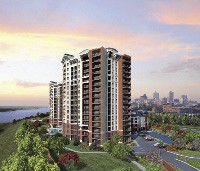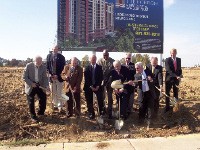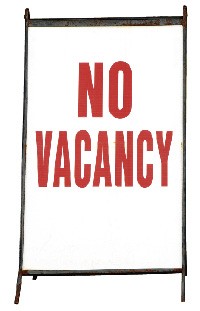From South Memphis to Southwind, Memphis is losing value. Two people who ought to know say so. Both are professionals, and neither is an alarmist or a naysayer.
One of them is Shelby County asssessor Rita Clark, whose job is putting a dollar value on houses, buildings, and land for tax purposes. The other is auctioneer John Roebuck of Roebuck Auctions, one of the leading real estate auction firms in the South.
They calculate value differently. Clark and her staff use computer models, comparables, sales histories, and first-hand “windshield” inspections. Roebuck wields a microphone and a gavel and stands in front of a group of buyers and opens the bidding.
But they’ve come to the same conclusion: Real estate prices are declining, which reverses a long trend of increasing values.
“Memphis is a strange city that does not dip and rise like other parts of the country,” Roebuck said. “Right now, Memphis is down about as far as I can remember in 30 years.”
He said people are leaving the city, demand for housing is low, and there is a surplus of new homes and condos. Even the owners of some million-dollar homes are turning to auctions as a way to unload their property.
“Auctions get a bad rap,” Roebuck said. “An auction typically brings the true market value that day. Appraisals are just one man’s opinion.”
He expects to see “a substantial reduction” in home values in the next countywide reappraisal in 2009, leading to an overall decline in the tax base.
Clark doesn’t disagree with that evaluation.
“Absolutely,” she said, when asked if the tax base in Memphis could be shrinking, although she declined to put a number on it at this time. “We follow the market. We don’t predict the market.”
Clark will leave office next September after serving 10 years. In the 1998, 2001, and 2005 reappraisals, the total value of assessed property in Memphis increased an average of 14 percent each period. The suburbs were up even more, led by Collierville (up 24 percent in 2005) and Lakeland (up 30 percent in 2005).
Higher property appraisals are an indication of a healthy economy and provide a cushion for Memphis and Shelby County governments, which operate primarily on property taxes and sales tax. If housing prices continue to fall, lower appraisals will mean lower tax collections and less money for schools, police and teacher salaries, sports facilities, parks, and debt service.
There is also the prospect of no tax collections at all from some property owners. Memphis is one of the top foreclosure markets in the country. Foreclosures are expected to get worse in 2008 as subprime mortgages are reset at higher rates.
The usual way to balance the budget in Memphis and Shelby County is with a tax increase, but Memphians already pay the highest property tax rate in Tennessee. The smell of scandal is in the air. Houses aren’t selling. Values are declining. Mayor Herenton got only 43 percent of the vote. The 2008 City Council will have nine new members. And they’re going to increase taxes? Don’t think so.
Other signs point to a stagnant city that is getting poorer, not richer. In banking as in real estate, it looks like the big money has been made for a while. This has been an awful year for banks. The stock price of First Horizon, the last of the big Memphis-based banks, is $21 a share compared to $43 a year ago. The share prices of other regional banks with a big presence in Memphis, including Regions, Renasant, Trustmark, and Cadence, are all down at least 30 percent this year and are at or near five-year lows. FedEx, our corporate jewel, is off 15 percent so far this year.
At the risk of piling on, there is an unsettling tone in the public relations campaign to “liberate” the National Civil Rights Museum from “corporate interest domination.” Unsettling because it sounds like the preelection rhetoric of our soon-to-be fifth-term mayor who as much as wrote off the white vote. So much for public-private partnerships.
The $30 dinner entrée, the $570 a night hotel suite, the $140 Grizzlies ticket, the $45,000 SUV, the $40,000 a year college tuition, and a $30 million public boat landing look like relics of a golden age. Let’s hope Memphis can still support them a year from now, but I wonder.
 Artist Rendering Courtesy of the Bryan Company
Artist Rendering Courtesy of the Bryan Company 







